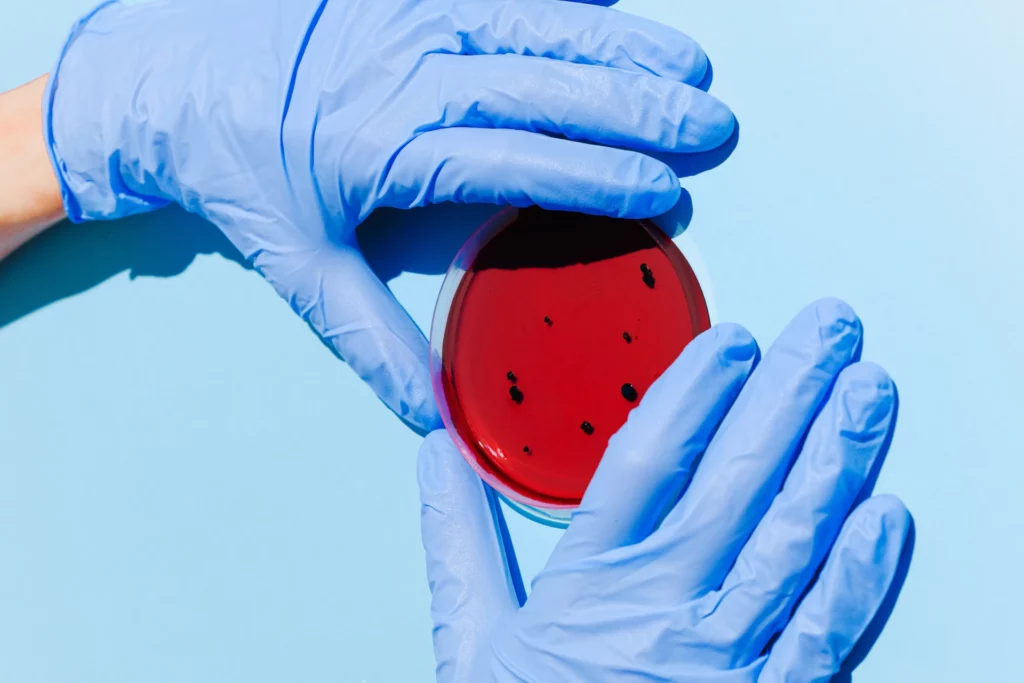Agriculture, which is foundational to human sustenance, is intricately linked to the layers of soil that cover the earth. Beyond the surface, the soil is alive with microorganisms, each playing a specific role. Beneficial bacteria and essential fungi, among others, work in harmony to support crop growth, ensuring that plants receive the nutrients they need. Certainly, their interactions and contributions are vital, leading to productive harvests that feed nations.
This article will delve into the critical relationship between soil and its resident microorganisms, emphasizing their central role in agriculture. Our exploration aims to give readers a deeper appreciation of the silent, microscopic forces that power our agricultural systems.
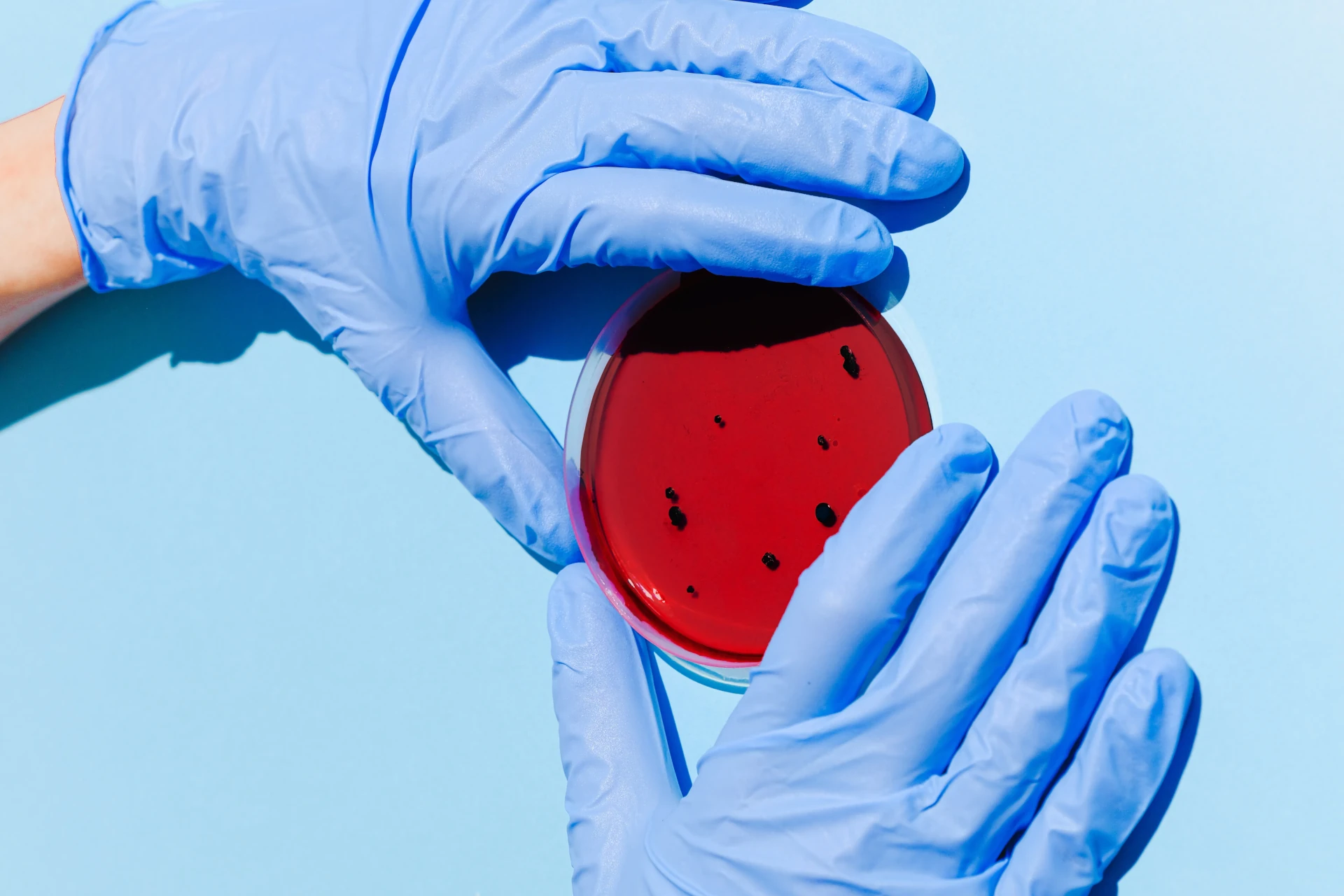
The Diversity of Soil Microorganisms
We usually consider soil just mere dirt, but it’s surprisingly a dynamic ecosystem bustling with life. At the heart of this ecosystem are soil microorganisms, the unsung heroes of agriculture.
A Microscopic Universe Beneath Our Feet
Digging deep into the soil reveals a vast array of microorganisms. Bacteria, which are the most abundant microorganisms in the soil, play a pivotal role in breaking down organic matter. Fungi, with their extensive networks, assist in nutrient absorption and water retention. Protozoa, although smaller in number, are crucial predators, maintaining balance in the microbial community. Likewise, RhizeBio harnesses the power of these microorganisms, utilizing metagenomic DNA sequencing for soil to gain deeper insights into their diversity.
The Pillars of Soil Health
Microbial diversity is not just about numbers; it’s about maintaining soil health and fertility. A diverse microbial community ensures a resilient soil structure capable of withstanding diseases and pests. It also promotes better water retention, ensuring plants have consistent access to the moisture they need. Furthermore, a rich microbial environment can suppress harmful pathogens, reducing the need for chemical interventions. While this importance has to be emphasized, Soil health innovations offer solutions like comprehensive soil testing services to assess and enhance these microbial communities.
The Cycle of Life and Decay
Soil microbes are nature’s recyclers. They break down organic matter, converting it into nutrients that plants can absorb. This process, known as nutrient cycling, is vital for sustainable agriculture. RhizeBio’s soil testing further explores these interactions, providing farmers with precise soil analysis to optimize nutrient availability and crop yield. For instance, this helps in understanding that beyond just decomposition, these microbes play a role in soil aggregation, enhancing its structure and making it more hospitable for plant roots. Their activities ensure a continuous supply of essential nutrients, promoting plant growth and health.

Nutrient Fixation and Availability
Soil is a dynamic matrix brimming with microorganisms that drive the nutrient cycles essential for plant growth. These microorganisms, from bacteria to fungi, are crucial in converting atmospheric and mineral-bound elements into forms that plants can readily absorb. In addition, their activities ensure that the soil remains fertile and capable of supporting diverse plant life, from crops to forests.
The Magic of Nitrogen Fixation
Nitrogen serves as a fundamental building block for plant proteins and DNA, but despite the abundance of nitrogen in the atmosphere, plants cannot directly use this elemental form. This is where nitrogen-fixing bacteria come into play. With the aid of RhizeBio technology, these specialized bacteria transform atmospheric nitrogen into ammonia and other compounds that plants can readily assimilate. This biological process reduces agriculture’s dependency on synthetic nitrogen fertilizers, promoting a more sustainable, regenerative practice.
Phosphorus: A Key to Plant Vitality
Phosphorus is essential for energy transfer in plants, playing a pivotal role in photosynthesis and respiration. However, much of the soil’s phosphorus is locked in insoluble compounds. Thanks to phosphate-solubilizing microorganisms and soil science innovations, these compounds are broken down, releasing phosphorus in a form that plants can absorb. As a result, this microbial activity not only enhances plant health but also reduces the demand for external phosphate fertilizers.
Making Nutrients Accessible
Although present in the soil, many nutrients are not immediately available to plants due to their chemical form. Microbial communities, equipped with the right inputs, facilitate reactions that release these bound nutrients. By converting them into bioavailable forms, these microorganisms ensure plants receive a balanced diet, optimizing growth and yield.

Plant Growth Promotion: The Microbial Advantage
Now, let’s learn more about the strong microbial partnerships, nature’s growth boosters, and the fortifying effects on plants.
Symbiotic Partnerships: More Than Just Coexistence
Plants and soil microbes have evolved together, forming interweaved relationships that benefit both parties. One of the most notable associations is the mycorrhizal partnership, where fungi envelop or penetrate plant roots, enhancing nutrient and water uptake. Similarly, rhizobia bacteria form nodules on legume roots, converting atmospheric nitrogen into a form plants can use. With the support of soil biology enhancements, these interactions exemplify nature’s efficiency in promoting plant health.
Natural Growth Boosters: Microbial Elixirs
Beneficial soil microbes, all of which are studied under our biological trial systems, produce substances that stimulate plant growth. These include hormones, enzymes, and other organic compounds that can enhance root development, boost plant immunity, and even protect against certain diseases. With RhizeBio’s comprehensive soil testing service, it’s possible to identify and harness these microbial allies, ensuring crops get the best growth-promoting agents directly from nature.
Strengthening Plants From Within
Microbial interactions don’t just stop at nutrient provision; they play a pivotal role in helping plants combat environmental stresses. For instance, certain microbes enhance the plant’s ability to absorb water during dry periods, a feature explored by RhizeBio AgTech. Moreover, through mechanisms like ion exchange and the production of specific compounds, these microorganisms ensure plants have a steady nutrient supply. Our next-gen soil analysis further aids in understanding these interactions, paving the way for crops that are resilient and robust.
Disease Suppression and Pest Control: The Microbial Shield
Now, we will discover how to suppress diseases and pest control with natural agents.
Natural Biocontrol Agents: The Soil’s Protective Force
The soil is not just a passive medium; it’s an active defense system. Beneficial microorganisms, ranging from specific bacteria to fungi species, act as the first line of defense against plant pathogens. Further, these tiny warriors have evolved alongside plants, developing intricate strategies to ward off harmful invaders, ensuring that plants thrive in the face of adversity.
Mechanisms of Microbial Defense
Beneficial microbes employ a multifaceted approach to protect plants. They produce bioactive compounds that directly inhibit pathogens, ensuring they don’t gain a foothold. However, in a competitive twist, these microbes also outcompete harmful ones for essential resources, effectively starving them. Furthermore, they can prime plants, enhancing their innate defense mechanisms and making them more resilient to pathogenic threats. Innovations like RhizeBio’s advanced soil algorithms play a crucial role in understanding and harnessing these microbial interactions for disease suppression.
Toward a Greener Pest Management Approach
The agricultural sector’s heavy dependence on chemical pesticides has led to environmental degradation, the loss of beneficial insects, and concerns over food safety. A microbial-based approach to pest management offers a sustainable and effective alternative. Hence, nurturing and promoting these beneficial soil microorganisms can naturally bolster disease resistance in crops. This not only ensures healthier produce but also reduces the environmental impact. RhizeBio AgTech provides solutions that tap into the soil’s inherent protective mechanisms, promoting a balance that benefits both crops and the environment.

Soil Structure and Erosion Prevention: The Microbial Contribution
Microorganisms have the power to fortify our soils and combat erosion. Here, we will find out how.
Microbial Architects: Building Soil Structure
The soil’s physical properties, vital for supporting plant life and retaining moisture, owe much to the intricate activities of its microscopic inhabitants. Bacteria and fungi, through their metabolic processes, secrete substances that act as natural glues, binding soil particles into clumps or aggregates. Indeed, these aggregates are foundational for a soil’s structure. With RhizeBio soil biology tests, we can begin to understand and foster the growth of these beneficial microbes, ensuring a robust soil framework.
Enhancing Porosity and Water Movement
A well-aggregated soil ensures better porosity, essential for water infiltration and root penetration. Likewise, microbial activities, especially those of fungi, create channels in the soil, facilitating the movement of water and preventing surface runoff. RhizeBio soil analytics systems provide insights into these microbial activities, helping farmers optimize irrigation and reduce water waste.
Guardians Against Erosion
Soil erosion is a pressing concern, stripping lands of fertility and leading to sedimentation in water bodies. The cohesive nature of microbial networks, especially fungal mycelium, acts as a natural barrier against erosion. They bind soil particles, preventing them from being washed away by rain or wind. But, by leveraging our soil health management systems, farmers can ensure enhanced soil stability, mitigating erosion risks and safeguarding their land for future generations.
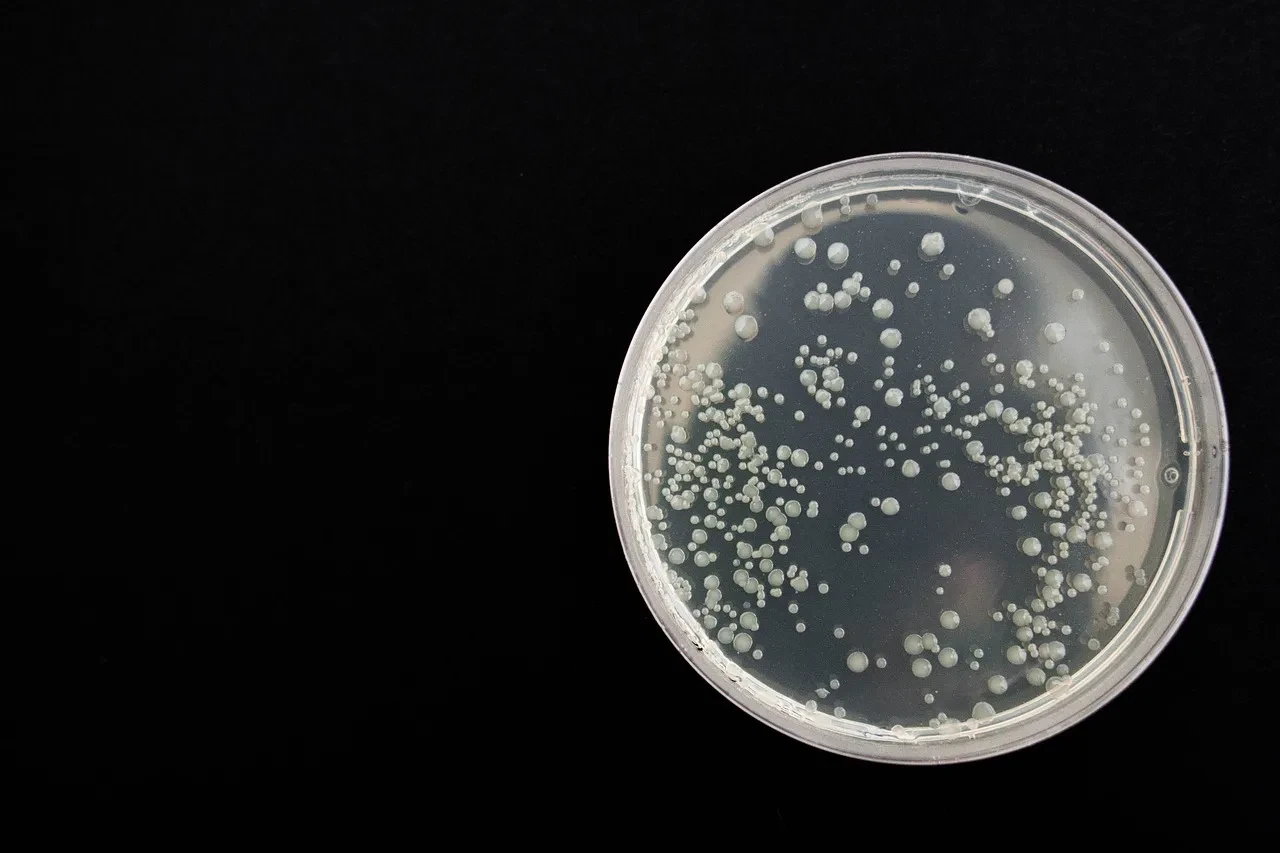
Biodegradation of Organic Pollutants: The Microbial Solution
Harnessing the innate capabilities of soil microorganisms offers a sustainable approach to combating organic pollutants, paving the way for healthier ecosystems. Let’s know more about it.
Microbial Power in Tackling Pollutants
Organic pollutants, often residues from industrial processes, pose significant threats to soil health and, by extension, to the plants and animals relying on that soil. However, nature has its cleanup crew. Certain soil microorganisms possess the remarkable ability to degrade these pollutants, transforming them into harmless substances. This process, known as biodegradation, is a testament to the adaptability and resilience of these microscopic entities. You can use RhizeBio soil DNA diagnostic tools to identify and monitor these beneficial microbes in action.
Key Players in Bioremediation
Several microbial species have been identified as champions in the bioremediation arena. For instance, certain bacteria from the Pseudomonas genus are known to degrade hydrocarbons, while fungi like Trichoderma can tackle phenolic pollutants. Soil Sample Analysis Tools offer a comprehensive insight into the microbial community of a soil sample, pinpointing these bioremediation specialists and assessing their activity levels.
A Sustainable Path to Cleaner Soils
Using soil microorganisms for biodegradation presents a sustainable and environmentally friendly alternative to chemical-based cleanup methods. Not only do these microbes neutralize pollutants, but they also enhance soil fertility in the process. The environmental benefits are manifold: reduced chemical residues, lower groundwater contamination risks, and restoration of soil health. Therefore, by integrating soil remediation techniques into pollution management strategies, we can make the best use of the power of these microbes, ensuring cleaner, healthier soils for future generations.
Impact of Farming Practices on Soil Microbes: A Delicate Balance
Modern agricultural practices, while aiming to optimize yield, often inadvertently impact the intricate microbial communities within the soil. There have been several shifts in microbial diversity due to various farming practices and techniques, which we have tried to consistently explore with our soil analytics systems. How? Let’s check it out.
Agricultural Practices and Their Microbial Implications
Tillage, a common practice to prepare the field for sowing, can disrupt the natural habitat of many soil microorganisms. Additionally, while crop rotation is seen as a method to prevent soil exhaustion, it can also lead to fluctuations in microbial populations as different crops influence the soil environment differently. Similarly, fertilization, especially when overdone or done using synthetic fertilizers, can alter the soil’s pH and nutrient balance, affecting the microbial community. You can use our soil biology performance metrics to discover the significant changes in microbial diversity due to these practices.
Promoting Beneficial Microbes Through Sustainable Farming
Sustainable farming methods, such as using organic fertilizers, reduced tillage, and cover cropping, can help preserve and even promote beneficial soil microorganisms. The RhizeBio Soil Test has played a pivotal role in guiding farmers toward practices that foster a healthy microbial environment.
Balancing Productivity With Microbial Conservation
While the primary goal of agriculture is productivity, it’s essential to recognize the long-term benefits of a thriving microbial community in the soil. Soil health management systems help reinforce the importance of this balance. Thus, by ensuring that farming practices do not detrimentally impact these unseen helpers, we can ensure sustainable productivity and soil health for future generations.
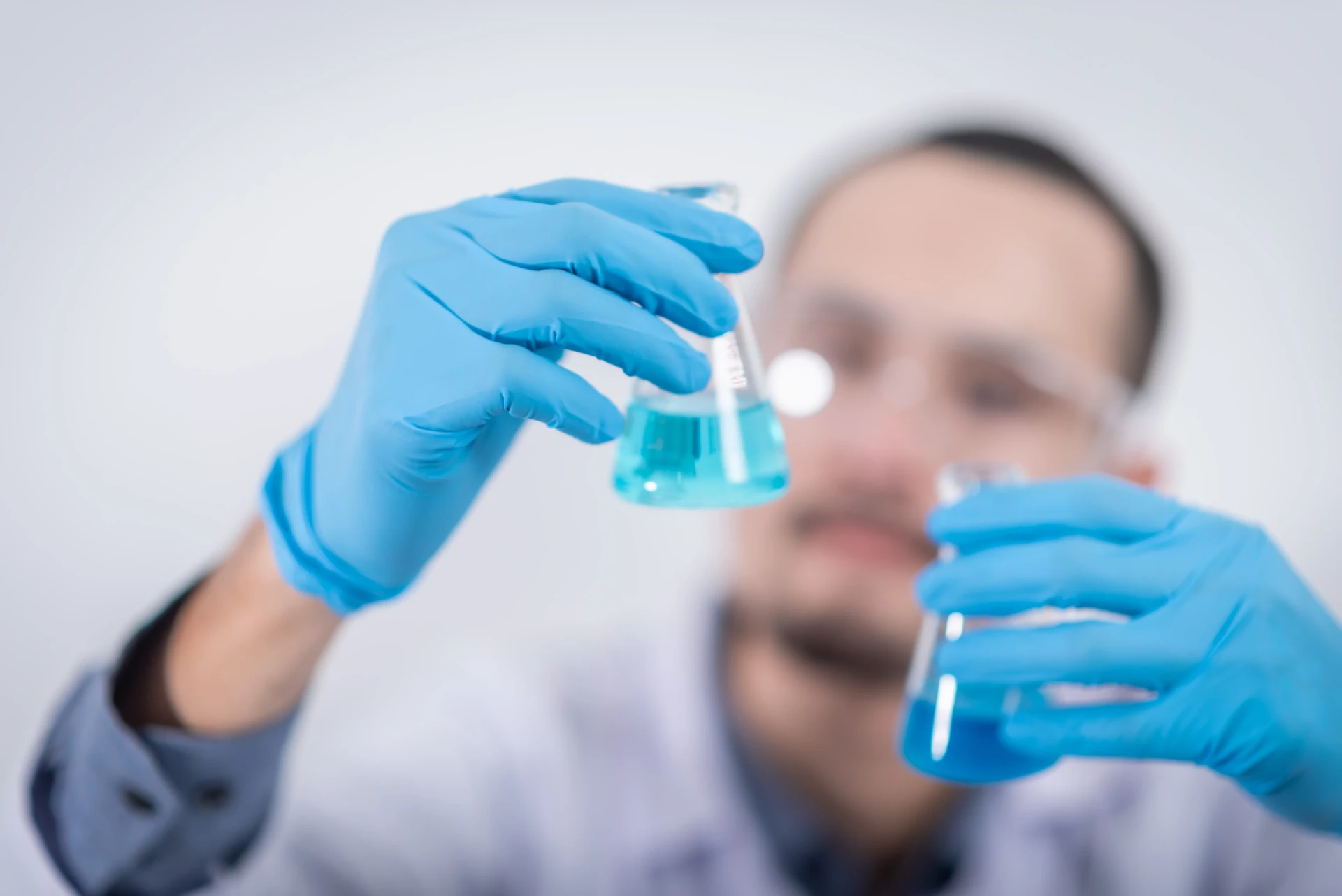
Enhancing Soil Microbial Activity: Delving Deeper Into Soil Health
The intricate web of microbial life beneath our feet plays a pivotal role in soil health, directly influencing plant growth and ecosystem sustainability. To truly harness the power of these microscopic entities, it’s essential to understand and adopt practices that foster their proliferation and activity, which we do extensively using our soil science innovations.
Organic Matter Management: The Microbial Buffet
RhizeBio’s comprehensive soil test often reveals a positive correlation between organic matter content and microbial activity. Certainly, organic matter, comprising decomposed plant and animal residues, is the primary food source for soil microbes. Regularly adding and managing organic matter ensures a steady supply of nutrients and energy for these organisms. Moreover, composting, a controlled decomposition process, recycles waste and produces a rich, humus-like material teeming with microbial life. This compost, when added to soil, enhances its fertility and provides a conducive environment for microbial growth.
Introducing Beneficial Microbes: Allies in Growth
While soils naturally possess a myriad of microbial life, certain beneficial strains can be introduced to boost specific functions. For instance, mycorrhizal fungi form symbiotic relationships with plant roots, aiding nutrient uptake. Similarly, certain bacterial strains can combat soil-borne diseases. Introducing these beneficial microbes with the help of RhizeBio biological field trials, especially in soils that have been degraded or sterilized, can jumpstart microbial activity and restore soil health.
Promoting Biodiversity: A Multitiered Approach
A diverse soil is resilient. Encouraging a mix of plant species, using cover crops, and avoiding monocultures can lead to a more varied microbial community. Different plants release varied root exudates, attracting a range of microbial life. Moreover, diverse plant systems provide continuous cover for the soil, preventing erosion and creating a stable environment for microbial activity. This is what is shown consistently in the soil microbiome trend analysis.
The Future of Soil Microorganisms in Agriculture: Pioneering New Frontiers
Navigating the evolving landscape of agriculture, soil microorganisms emerge as transformative agents, shaping sustainable and productive farming for the future. Here’s how research and engineering can pave the way.
Research: The Cornerstone of Progress
The vast world of soil microorganisms remains largely uncharted, but with RhizeBio’s DNA sequencing for soil, we’re beginning to unravel the complexities of this microscopic realm. The need for ongoing research is paramount. As we delve deeper, we uncover novel microbial interactions, functions, and potential applications that can revolutionize agriculture.
Biotechnology and Genetic Engineering: Amplifying Microbial Potential
The fusion of biotechnology with soil science opens up unprecedented possibilities. By harnessing soil sciences and technology, researchers are exploring ways to genetically modify or engineer specific strains of soil microbes. Additionally, these enhanced microbes could possess heightened abilities, from more efficient nutrient uptake to resistance against harsh environmental conditions, paving the way for robust and resilient agricultural systems.
Sustainable Agriculture: Microbes at the Helm
Understanding and leveraging soil microbial interactions is the key to advancing sustainable agriculture. With tools like RhizeBio’s soil tests and biological health performance metrics, we can monitor and manage these interactions more effectively. Promoting practices that foster beneficial microbial communities can reduce our reliance on synthetic inputs, enhance soil health, and ensure long-term agricultural productivity.
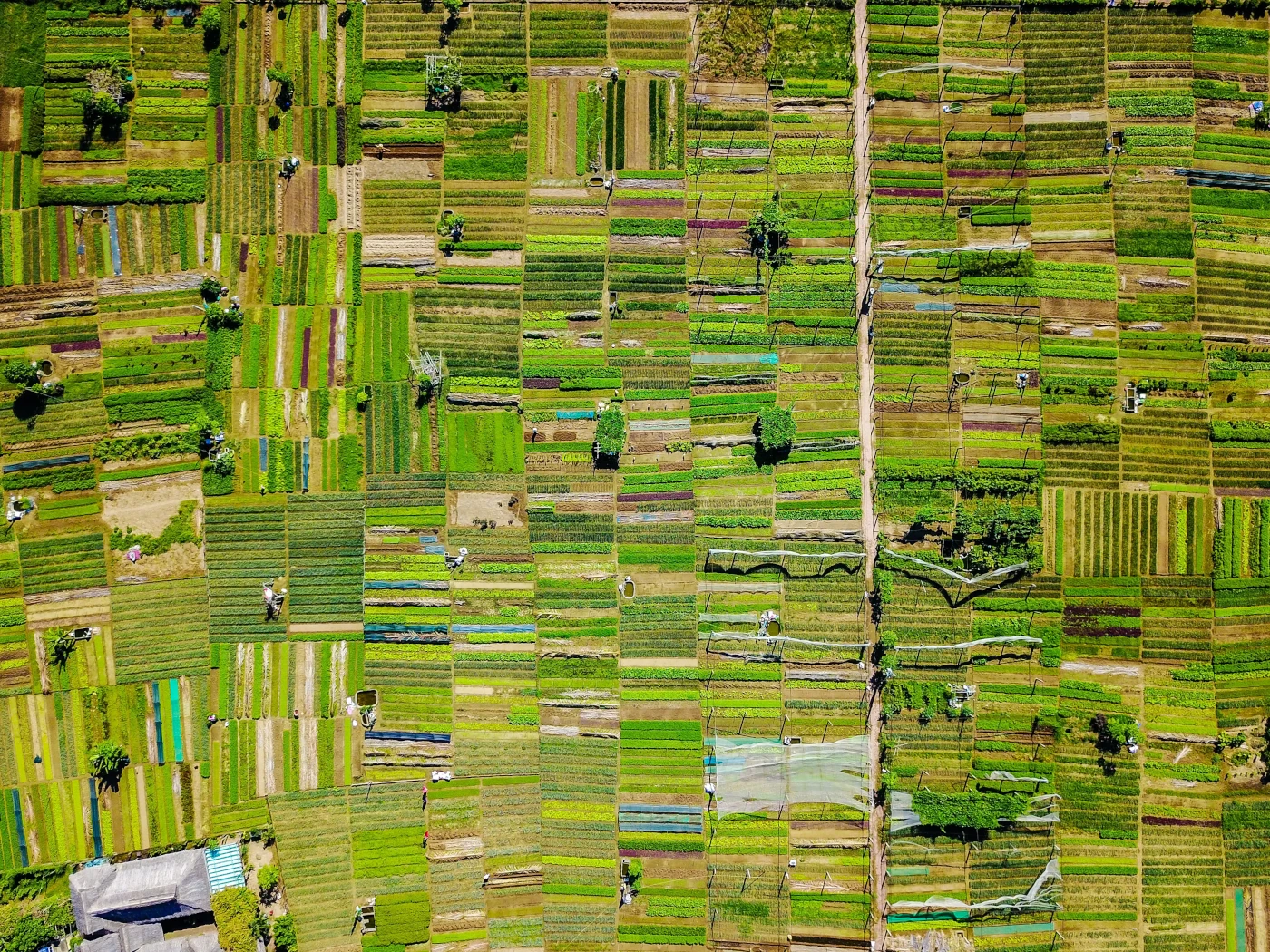
Conclusion
In the vast tapestry of agriculture, soil microorganisms stand out as pivotal threads. They lay the foundation for productive and sustainable farming, making themselves indispensable in nutrient cycling, disease suppression, and plant growth promotion. This underscores the urgency for farmers and policymakers alike to champion soil health initiatives, helping to promote biodiversity and regenerative practices to heal our planet’s soil. By prioritizing microbial conservation, we ensure the vitality of our soils and pave the way for an agricultural future that is both sustainable and resilient.
Interested in more? Stay updated with RhizeBio, and learn more about leveraging the power of these tiny soil inhabitants promising a harmonious balance between nature and agriculture.
